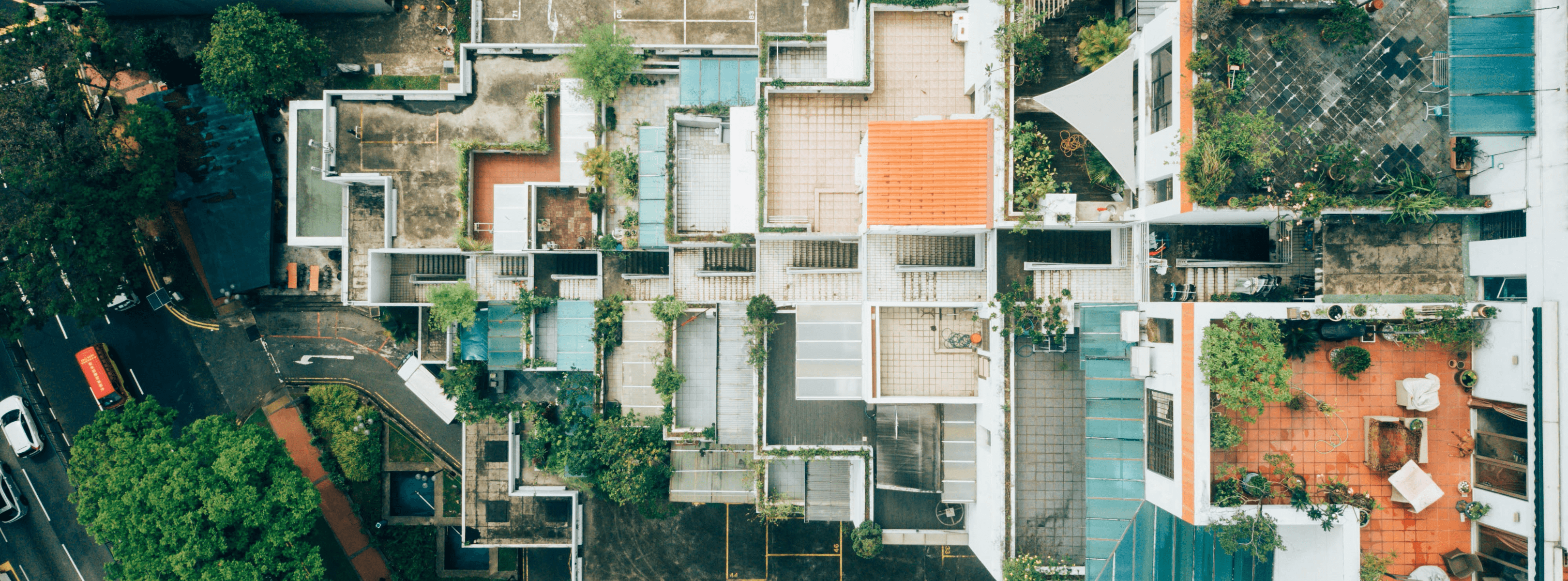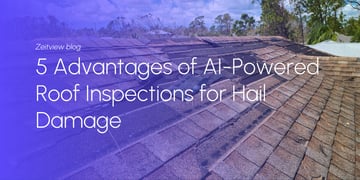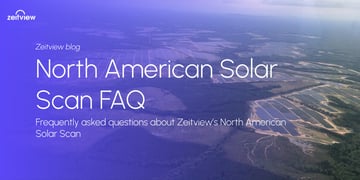Drones have revolutionized the building inspection process. Commercial and residential property managers all over the world are adopting the technology to streamline workflows, cut costs, and keep maintenance staff out of harm’s way.
Many are finding that the benefits of aerial photos and videos can be enhanced with the use of thermal sensors. And that in some cases, thermal data can itself be the platform for more advanced applications.
Read on to find out how your organization can harness the power of thermography from drone data for building and structural inspections.
Roof inspections
Roof inspections have always been a challenging combination of dangerous, time-consuming, and highly necessary. For property managers, the best approach remains being as proactive as possible - with the goal of discovering minor issues before they develop into expensive problems.
Thermal sensors can add greater value to standard aerial roof inspections. The data gathered can be used to spot otherwise invisible or hard to see problems, and later be processed to build maps that allow maintenance teams to pinpoint and share areas of concern.
In previous years, thermal data was collected manually by a surveying team. This is not an ideal option when property managers need to keep costs down, gather data with speed, and avoid additional liabilities.
The solution, of course, is to use the latest thermal sensors in conjunction with drones. At a fraction of the cost and time, a drone can fly at a lower altitude and capture more granular detail, without putting workers at risk in the process.
Autonomous functions also mean that drones can carry out exact flight paths and capture the precise images needed to build thermal maps.
Radiometric JPGs can be used to build an overall view of a roof that provides context and scale for teams conducting inspections. For example - wet, damaged areas on a roof tend to retain heat better than dry areas, which means a thermal flight after the sun goes down can highlight temperature differences and flag up areas that require a closer look.
HVAC systems
One of the single biggest points of concern for property managers are HVAC (heating, ventilation, and air conditioning) units. It’s vital for property managers to carry out proactive maintenance checks to keep heating and cooling costs down in the long run.
Armed with a drone and a thermal sensor, inspection teams can quickly spot issues, identify the next steps from a safe distance, and get systems up and running again in the shortest possible time frame.
From above, thermal images can be used to pinpoint leaks and insulation issues that make air ducts less efficient, spot debris causing problems, detect refrigerant leaks, spot bad connections or blown fuses in electrical systems, and all of this can be done while reducing risk to personnel.
Solar panels
As the world transitions to more sustainable forms of energy, marginal gains and capitalizing on the smallest of efficiency savings have become key in the solar industry.
In the past, solar panel inspections have been carried out manually. Maintenance crews would climb up ladders and navigate treacherous rooftops to get a closer look. This time-consuming, dangerous, and inefficient method has been turned on its head with the adoption of drone technology.
Drones can be used to capture both thermal images and RGB (visible light) images, detecting debris with the latter and technical issues with the former.
Thermal images can help crews pinpoint module faults, wiring issues and fuse failures. Radiometric data is central to evaluating the impact of a solar panel defect. In turn, this information lets property managers know how significant a problem is before making an informed decision on the best next steps.
The combination of drones, thermal imaging is here to stay. For more information on how drones can support the operations of your organization, take a look at our article thermal analysis with DroneBase Insights.





